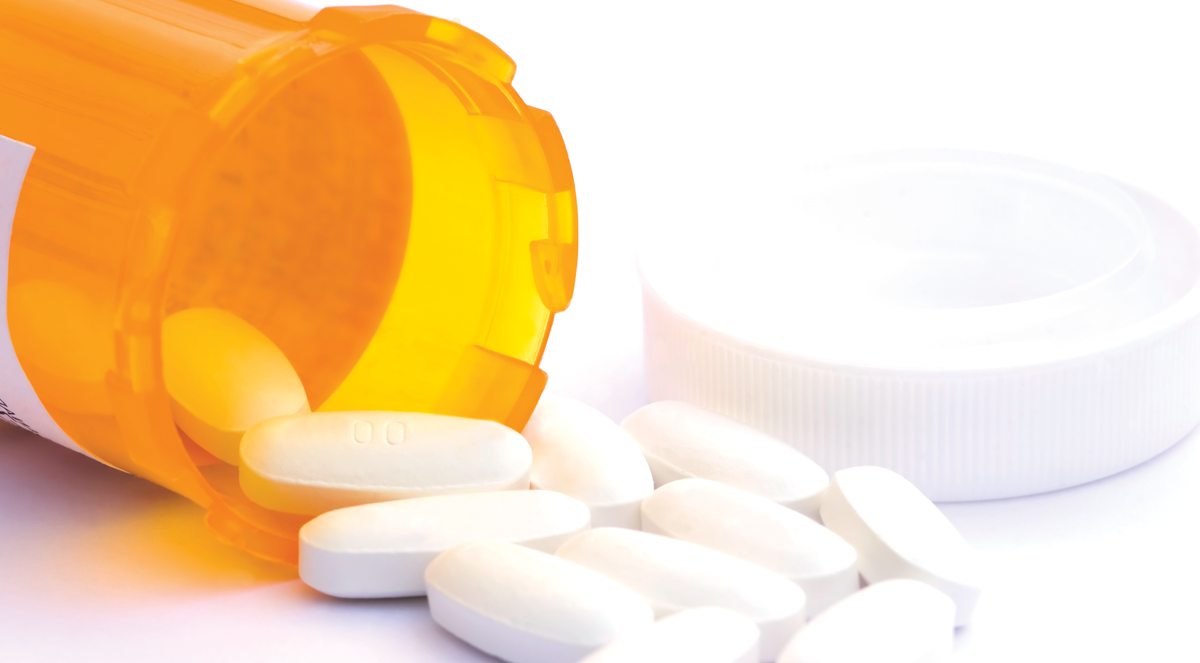“Superbug” is a term invented by the media to describe bacteria that cannot be killed using multiple antibiotics. These bacteria are “antibiotic resistant” and have proven particularly problematic in healthcare settings where they increase the risk of worse clinical outcomes and death.
A high percentage of hospital-acquired infections are caused by highly resistant bacteria, such as methicillin-resistant Staphylococcus aureus (MRSA). People with MRSA are estimated to be 64 percent more likely to die than individuals with a non-resistant form of the infection.
Although MRSA is a significant threat to patients, a study by the Centers for Disease Control and Prevention (CDC) showed that life-threatening MRSA infections in healthcare settings are declining.
MRSA is usually spread by direct contact with an infected wound or from contaminated hands. Studies show that 2 in 100 people carry MRSA in their nose without any signs of infection and can spread the bacteria to others.
The research was trialed in a human model of 3D tissue engineered skin and showed that the proteins prevented bacterial infections, and indicated that the treatment was both safe and effective for use in humans.
Tetraspanin proteins allowed harmful bacteria to be washed away
Prof. Sheila MacNeil, from the University’s Department of Materials Science and Engineering, who engineered the skin, created the model to mimic the tissue structure of normal adult skin, including infected wounds. The skin can be used to analyze the penetration of peptides and bacteria.
In collaboration with AGE U.K., researchers from the University of Sheffield showed that while infection is launched by bacteria tightly attaching to skin cells by hijacking “sticky patches” – by using proteins called tetraspanins from human cells – the patches are made less sticky, allowing bacteria to be washed away.
“This development is a huge breakthrough in the fight against antibiotic-resistance,” says Dr. Pete Monk from the University’s Department of Infection, Immunity and Cardiovascular Science, who led the study.
He notes that skin infections, including bedsores and ulcers, can be concerning for patients who may already have debilitating conditions, and have proven to be a significant problem for modern healthcare.
Source: Medical News Today


